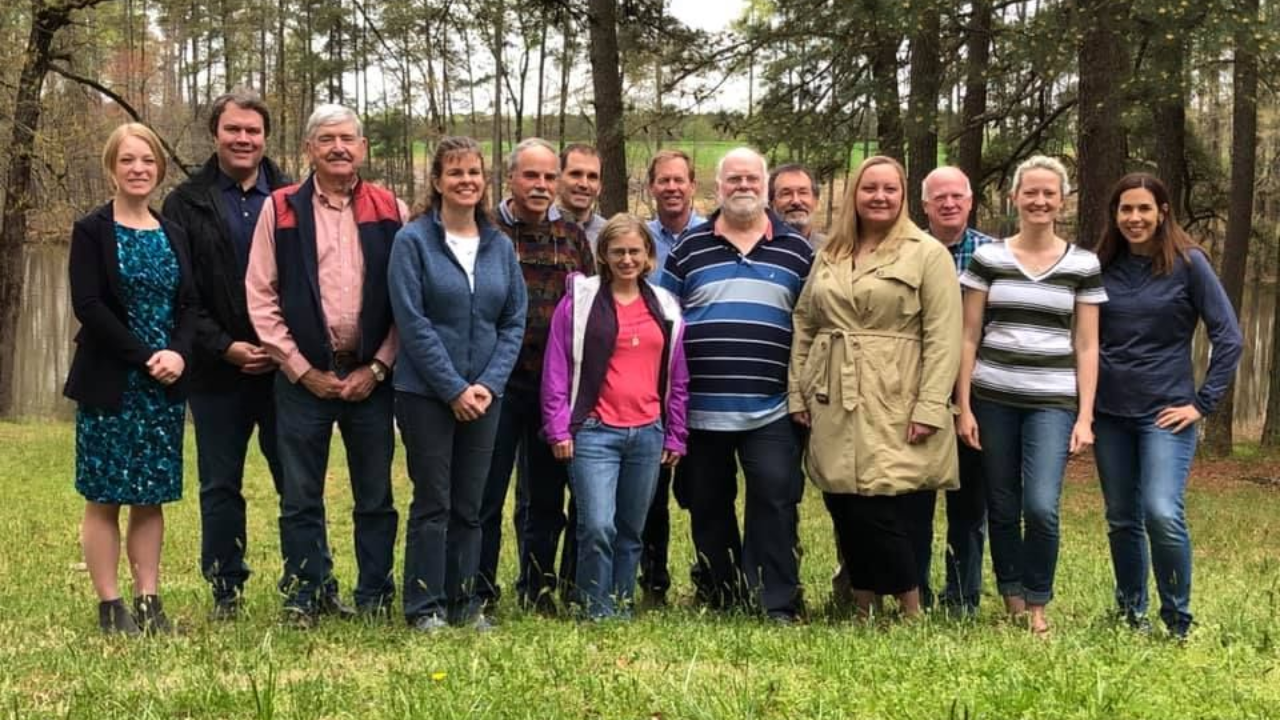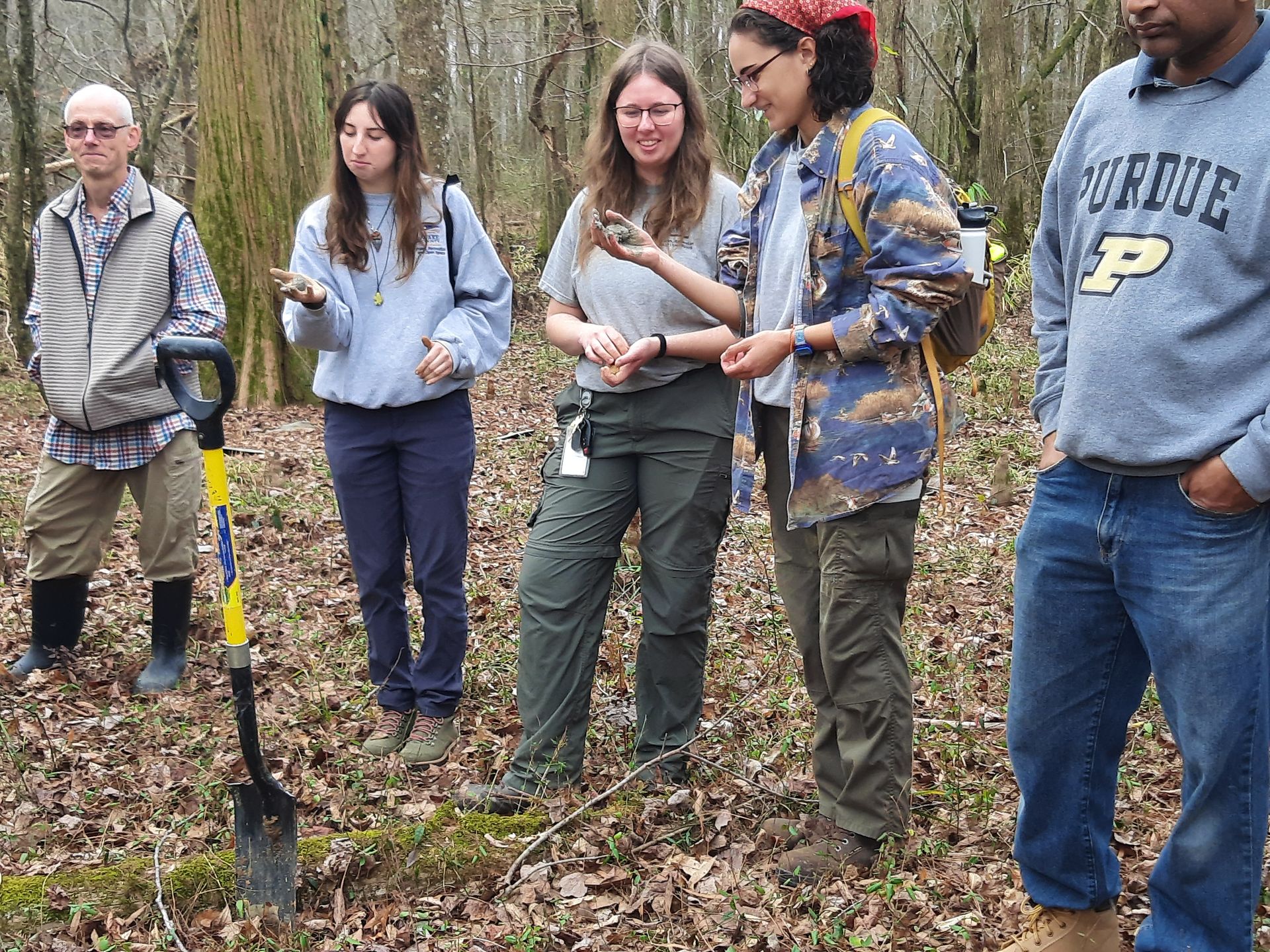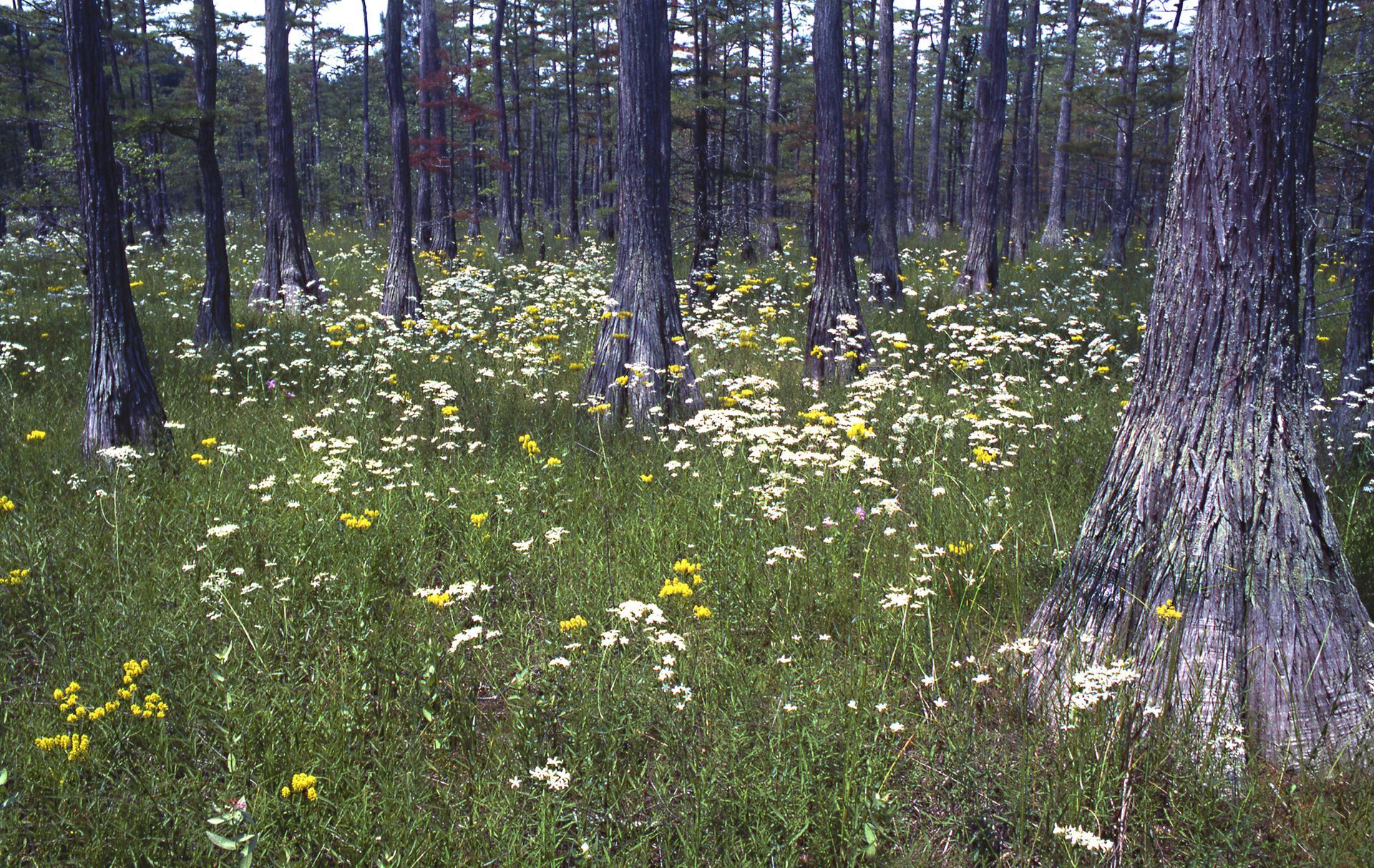NC Governor's Executive Order Helps Protect Wetlands
Greetings Wetland Supporters:
On February 12, 2024, North Carolina Governor Roy Cooper issued Executive Order (EO) 305 which is geared toward protecting wetlands that recently lost federal protection under the Clean Water Act. You can read the entire Executive Order here: https://governor.nc.gov/executive-order-no-305/open.
What is the basis of the Executive Order?
Let me tell you what caused EO 305 and the role the Carolina Wetlands Association played to help increase wetland protection in the state. It began with the Natural and Working Lands (NWL) initiative started by the Governor’s office based on EO 80 to address climate change impacts. The goal of the NWL initiative was to develop a plan to restore and preserve wetlands, forests, and other lands to sequester carbon and in the process provide co-benefits to communities. The Natural and Working Lands Action Plan was the result of the initiative and Carolina Wetlands Association was a significant contributor.
How did wetlands lose protection?
The Sackett v. EPA case resulted removing protection from millions of acres of wetlands in the Carolinas. North Carolina had a statute to protect these wetlands, but the recently passed 2023 NC Farm Bill eliminated that protection and limited North Carolina’s wetland protection be no more than the Federal protection.
These changes resulted losing protection of about 60% of our wetlands as determined by the NC DEQ and probably a similar amount in South Carolina.
How will the new Executive Order Protect Wetlands?
The Carolina Wetlands Association work with several other concerned organizations (such as the Southern
Environmental Law Center, NC Conservation Network, NC Wildlife Federation, and River Keepers) to attempt to find ways to reduce the devastating impact of these decisions. The result was EO 305 which Governor Roy Cooper announced and signed on February 12, 2024.
The goals of the Executive Order are to:
- Permanently preserve 1,000,000 new acres of natural lands with special focus on wetlands
- Restore or reforest 1,000,000 new acres of North Carolina’s forests and wetlands
- Plant 1,000,000 trees in urban areas across the state
This EO does not change to permit requirements or the jurisdictional wetlands definitions, but it does prioritize wetlands conservation. highly recommend reading the entire Executive Order. Your Carolina Wetlands Association has played a significant role in events leading to developing EO 305 and we will continue to do everything we can to continue this effort to protect our wetlands.
Please think about how you can help the Association continue this work as we need to do so more than ever.
So, when you explore that wetland, think about whether it continues to be protected!
Rick Savage, Executive Director
You might also like




